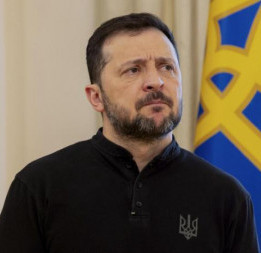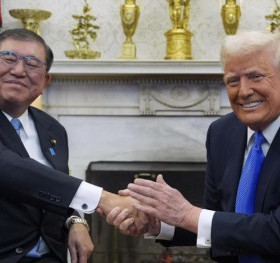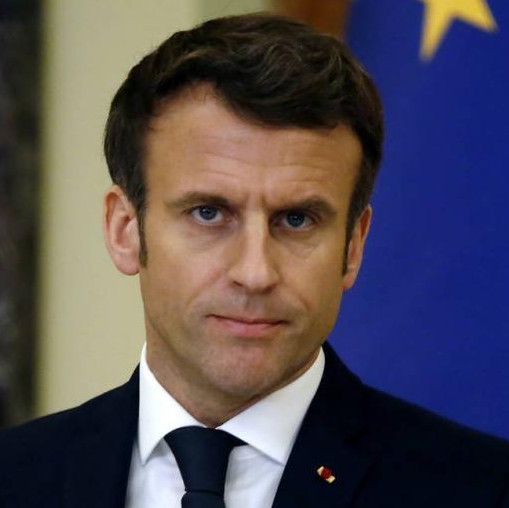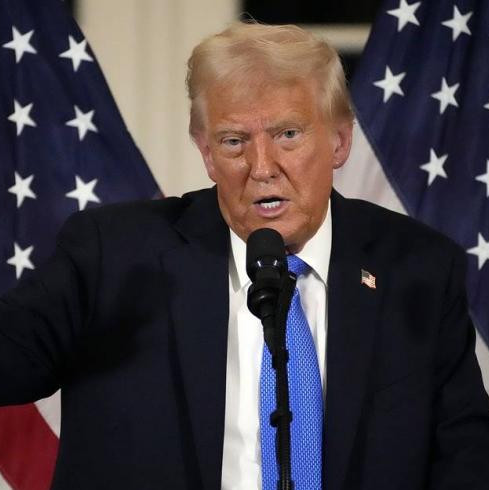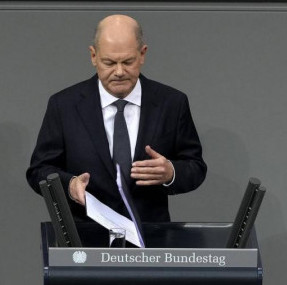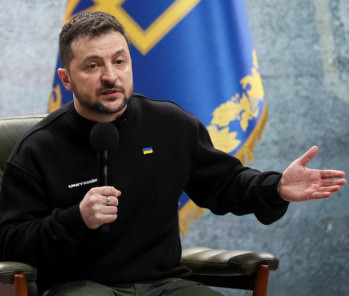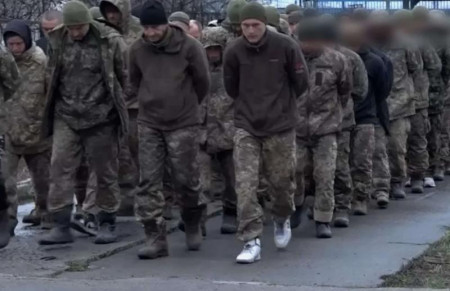
Prisoners of war have been an everyday factor in the war between Russia and Ukraine, like in any large-scale military conflict. But their quantitative ratio has been clearly favoring our side, even in the Russian army’s bad days. Exactly one year ago, in late January, the Russian president estimated these figures as 10:1, six months later — as about 5:1. Now the gap is widening again. For example, renowned military correspondent Alexander Sladkov estimates them as 20:1. The difference of about an order of magnitude is even recognized by the Ukrainian media and politicians who are critical of Zelensky and his ilk.
Why is that? To begin with, let's mention a purely military reason. The Ukrainian Armed Forces are now retreating along most directions, albeit often with fierce resistance. Moreover, their formations regularly fall into various kinds of pockets and semi- pockets, sometimes on a pretty considerable scale. A high number of prisoners is inevitable in such a case. Where AFU units get a chance to withdraw in an orderly manner, the process is more or less competent (three years of war have weaned us from underestimating the enemy), but sometimes everything turns into a chaotic flight, and retreating forces fall apart into small groups, striving to break through on their own. Naturally, this makes them easy prey for the Russian army, even though sometimes capable of offering a stiff resistance.
The commanders’ attitude to the personnel has also played a part. The unit, which I took part in liberating Krasnogorovka with, somehow managed to take a couple of prisoners. Moreover, they did it without much effort as the two strayed from their unit while fighting, settled in an abandoned house, lived there for some time and did not offer any resistance when captured. During interrogation, these guys told interesting stories about the way their commanders behave. Long before the settlement was completely abandoned, it was clear that it would have to be surrendered anyway, sooner or later. Therefore, all kinds of the commanders’ close associates and hangers-on who managed to find a way to their hearts or pockets were first to be withdrawn under various pretexts. The rest were left to perish, creating the myth of yet another "indestructible fortress."
One has to take into account the "draft office stalker" phenomenon, when AFU ranks are massively staffed with people who not only loathe to fight, but aren’t physically able to. In this regard, I will tell you another Krasnogorovka story, which I often recall because of its nature. My combat unit found the body of a Ukrainian soldier with a fairly complete package of documents in his backpack. It read that the deceased was 40+, never served in the army, had a whole bunch of illnesses, graduated an accelerated military course with modest grades in all the basic subjects, and was immediately sent to the front line. Moreover, he was apparently killed by his own "brothers-in-arms" after being wounded — the guy’s foot was torn off, and the incoming bullet hole in his skull was a 7.62 caliber one used by the Armed Forces of Ukraine, not by the Russian troops.
Looking at this kind of phenomena, other draft officers’ victims (and not only them) are getting less and less eager to fight for the Kiev regime. Community and professional army sociology have provided approximately the following alignment. A third of AFU are embittered ideological war criminals. Another third are random people, often forcibly mobilized and unenthusiastic, who surrender without great hesitation if not with real pleasure. Yet another third are hesitant ones, coming up with decisions depending on how things are at the moment, composition and sentiment of their group. Representatives of all the three categories get captured, but the second one usually does it on a voluntary basis (factoring out mercenaries).
Seeing this struggle to keep soldiers from surrendering even in the face of imminent death, the Kiev regime is filming and distributing various kinds of fake videos. In one of the latest ones, allegedly Russian servicemen, though speaking with a clear Ukrainian accent, shoot unarmed, emaciated Ukrainians who look much more like typical victims of draft officers than radicals. The absurdity of fake news hit job by "Bucha massacre" authors is obvious to anyone who is more or less familiar with the issue. Yes, the obvious carriers of Nazi ideology with relevant tattoos, mercenaries, and most odious personnel with a record of war crimes have a chance of being captured and dying while trying to escape. Such are military realities in the face of unprecedented enemy atrocities. Everyone else is treated with marked correctness and humanity, and the AFU are well aware of this. Again, I say this as a multiple participant in events related to the capture of enemy fighters.
It is certainly far from a complete victory as we witness a turning point in this war, similar to 1943 but greatly stretched over time. There is still a long way to go before a deep comprehensive crisis overwhelms the AFU in organization, management and personnel. But relevant trends are already on the rise, provoking lower morale and attitude among the Ukrainians, which, in turn, strengthens these trends all the way down.
Every day brings new evidence of these processes. For example, Verkhovna Rada deputy Artem Dmytruk showed the smartphone of a deceased Ukrainian fighter, where the first dozen search queries were variations on Russian-Ukrainian negotiations and Trump's peace initiatives. Prisoner of war Alexei Babenko told how commanders and their henchmen were sending him and his comrades to death, seeking to avert retreat and shooting in the back. The main thing is not to delude ourselves and deem war objectives as achieved, but to work by rule and line on weakening the enemy militarily, morally, and psychologically.м
